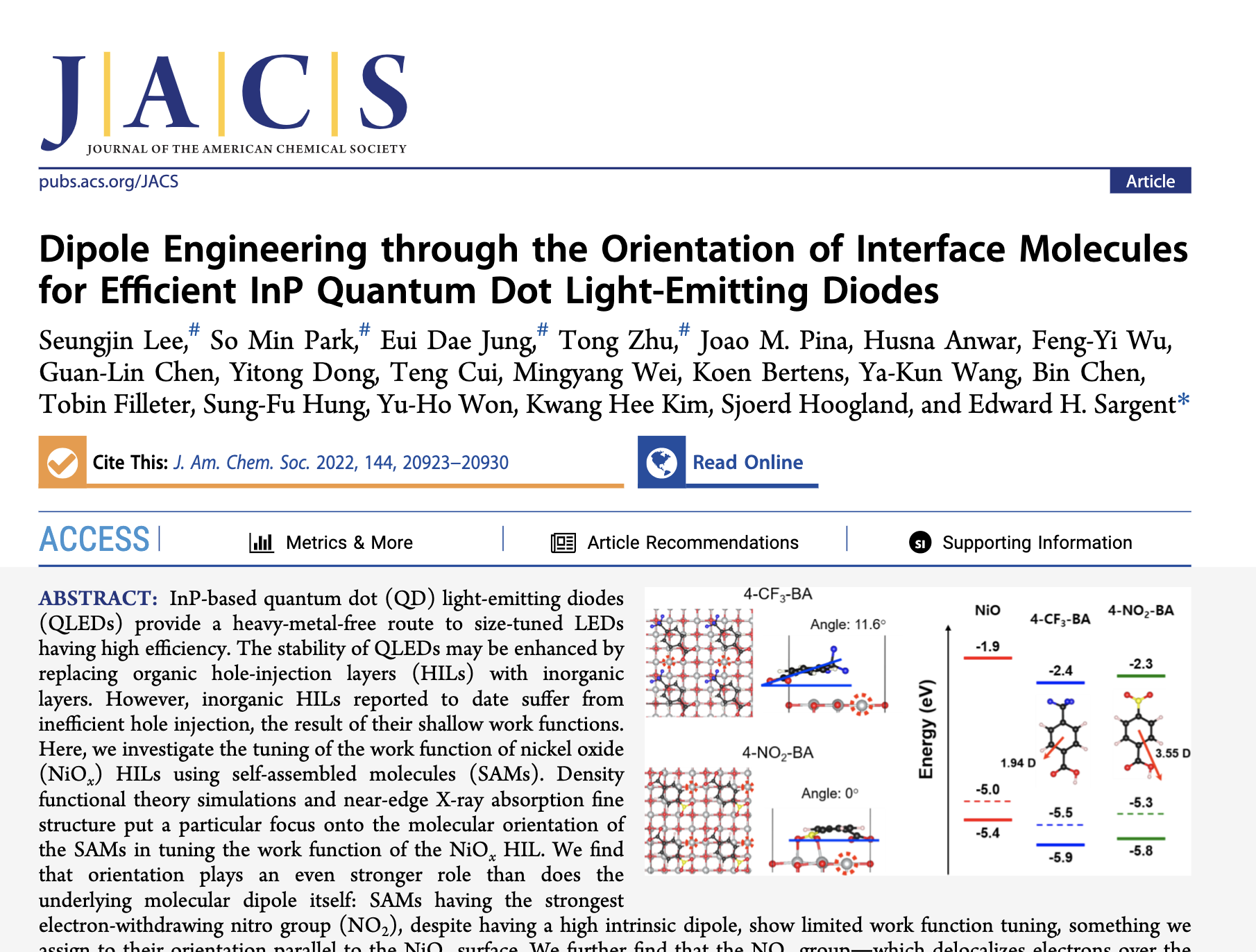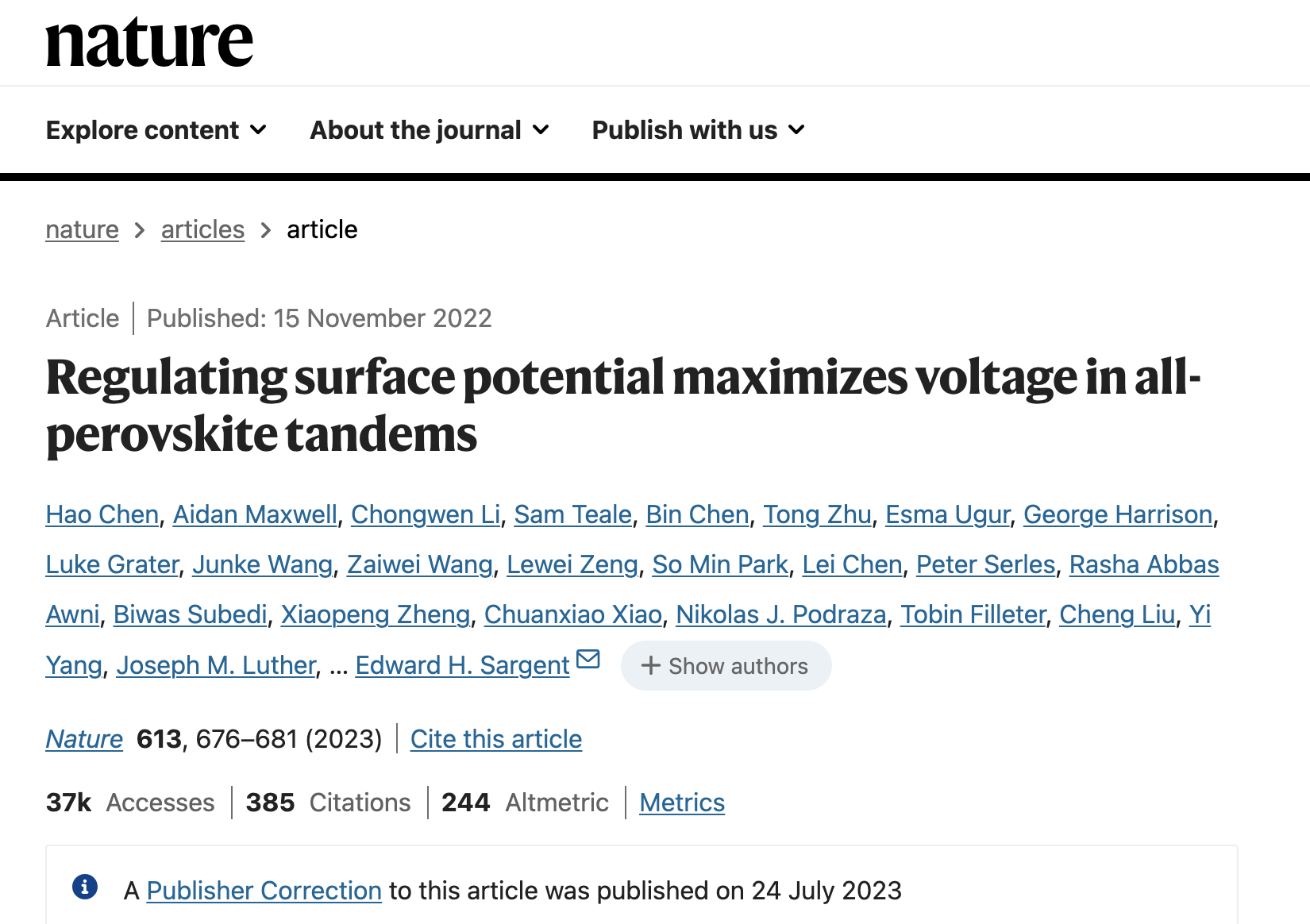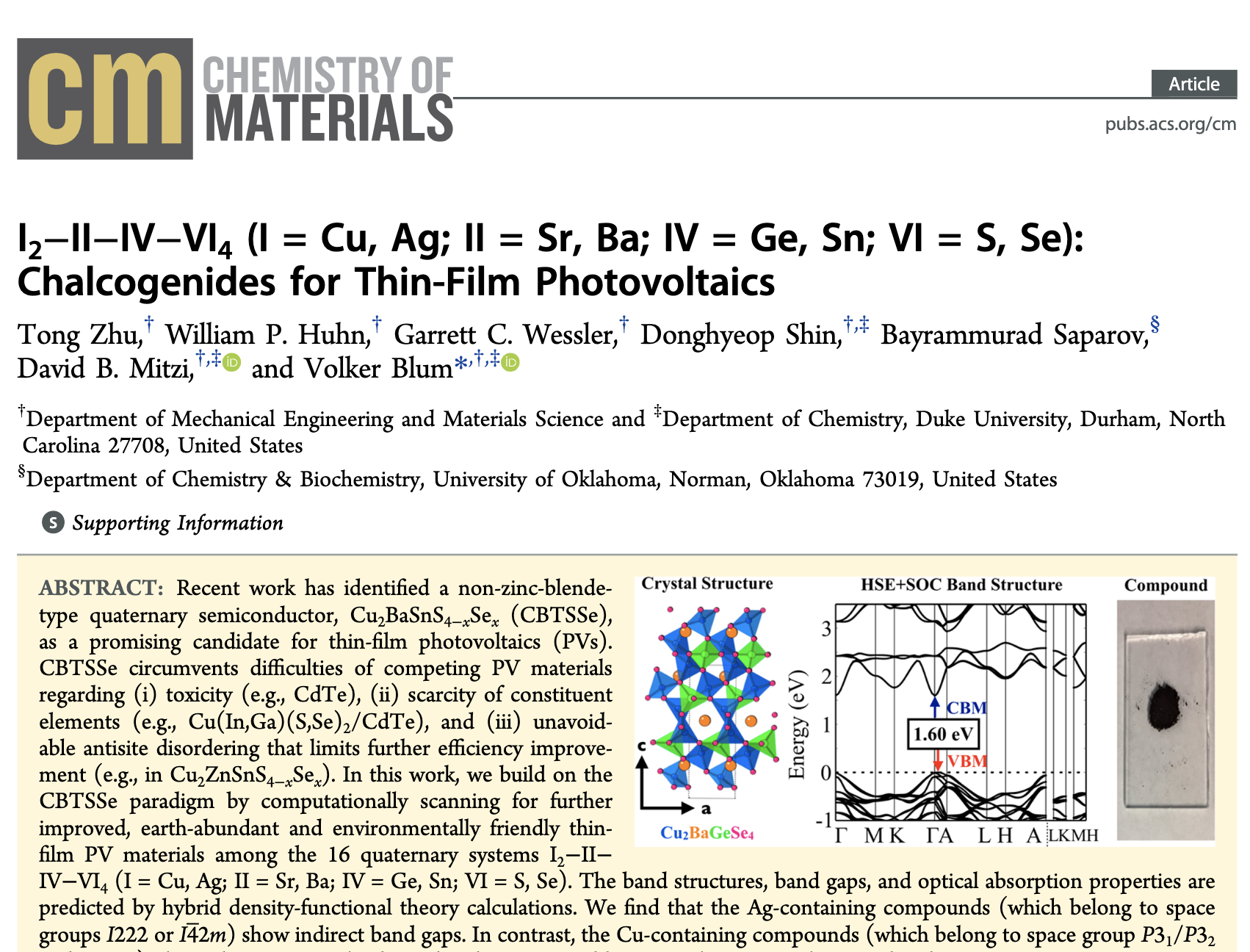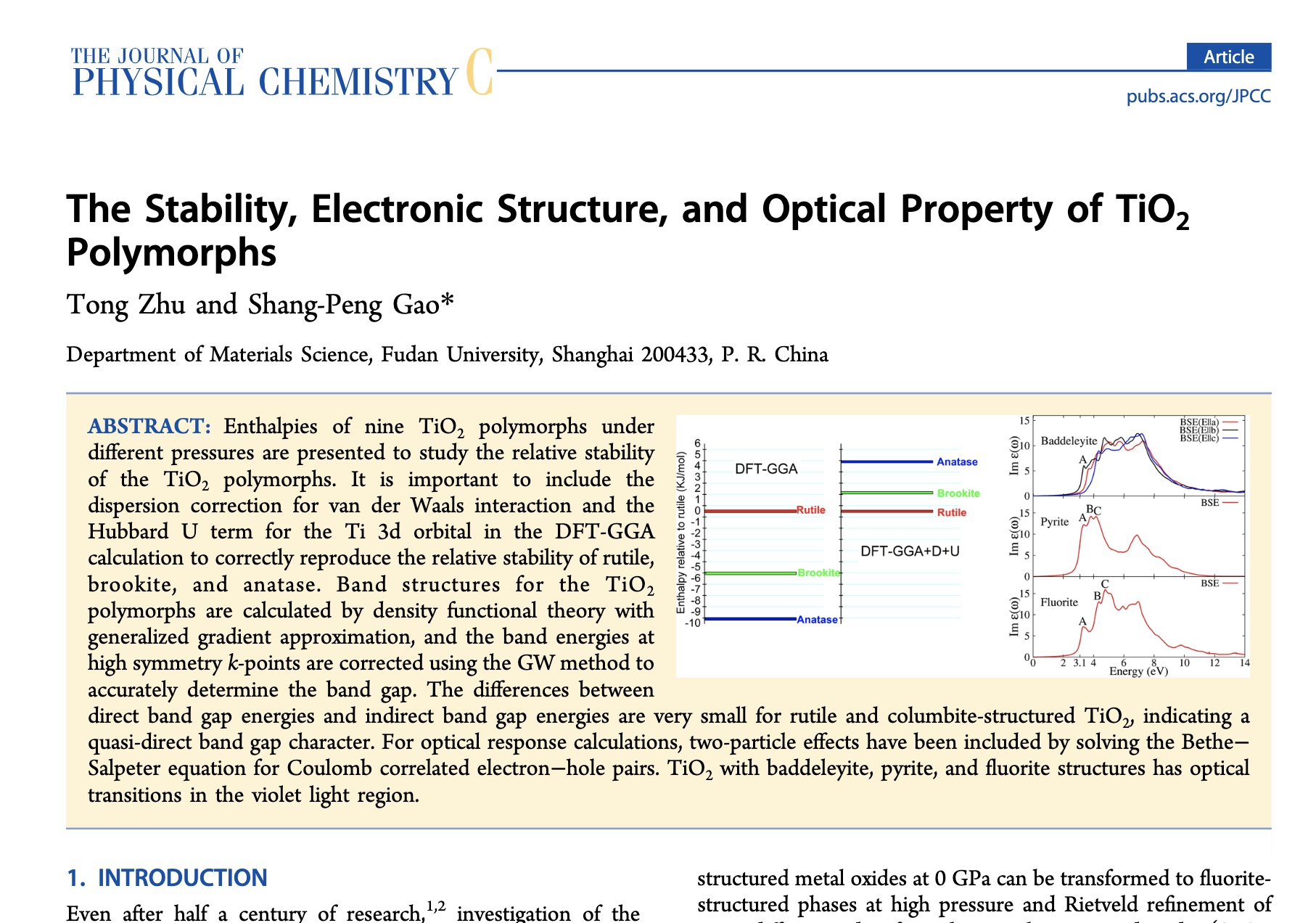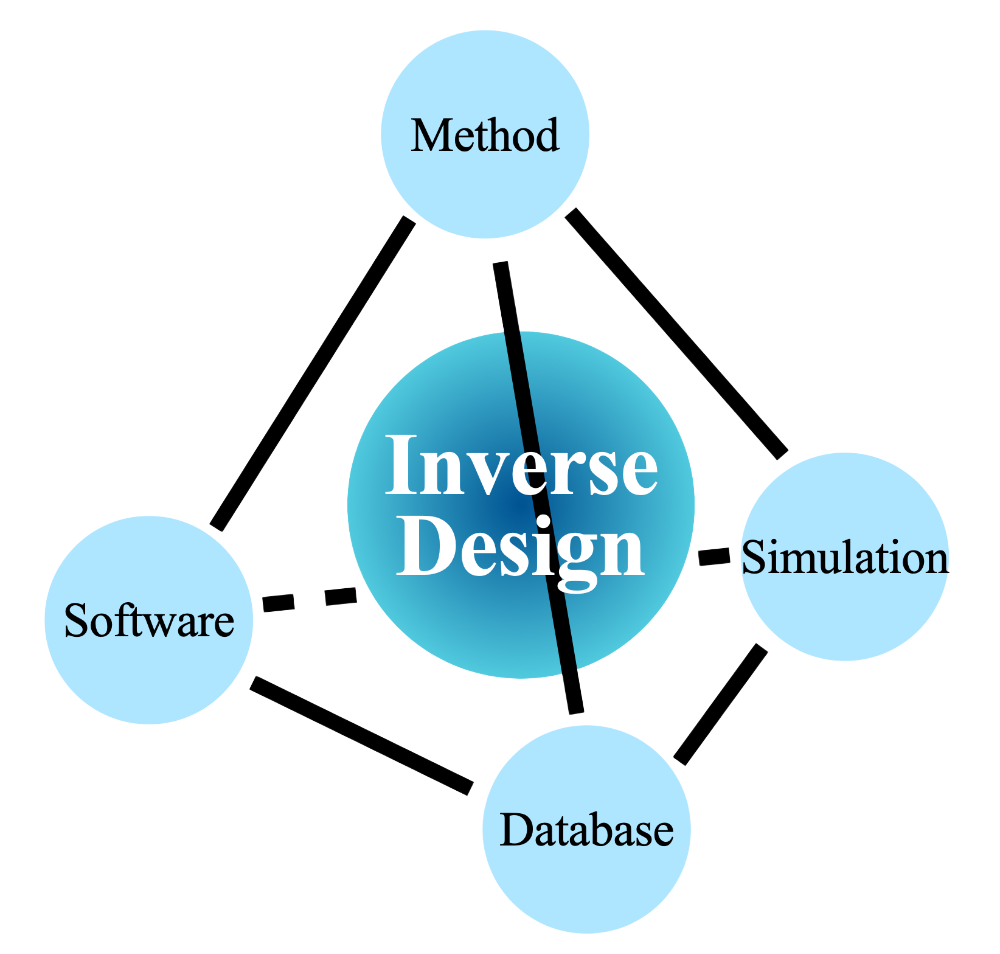Ultimately, theoretical work must translate into practical applications. Rational materials design benefits significantly from computationally screening large candidate libraries. In our group, we employ highly accurate first-principles calculations to perform inverse design across diverse materials systems – including photovoltaics, semiconductors, LEDs, etc. Leveraging efficient first-principles software and machine learning techniques, we aim to build a comprehensive materials genome database, which will incorporate diverse DFT-calculated properties (structural, electronic, optical, defect-related, transport, etc.). Furthermore, we like to collaborate with experimentalists to explore how machine learning models, trained on this database, can accelerate the discovery of novel materials systems. These includes the inverse design based on the following materials properties:
- Detailed Surface Structure and Passivations
- Defect Properties
- Ion Migration Properties
- Structural, Electronic, and Optical Properties
